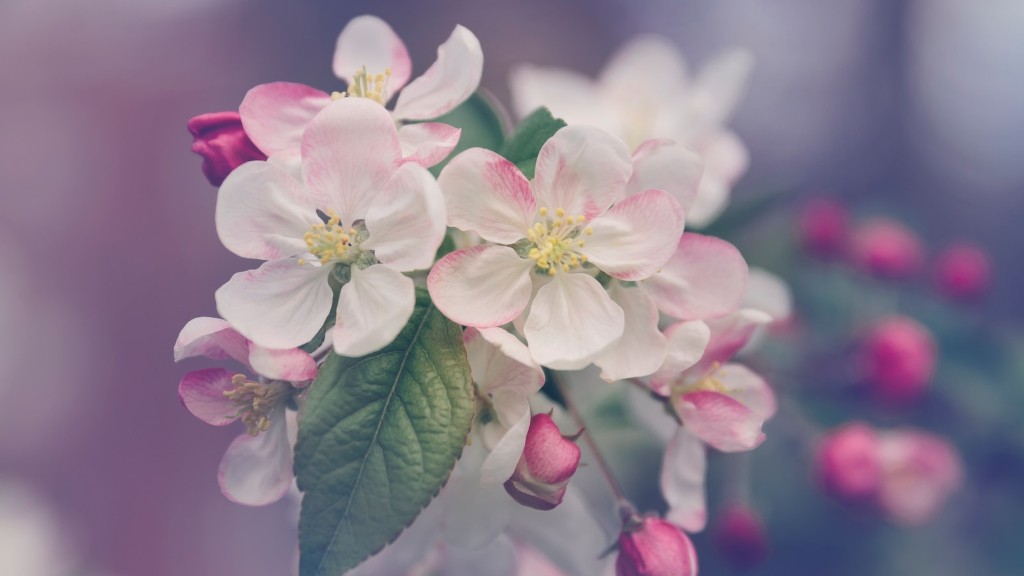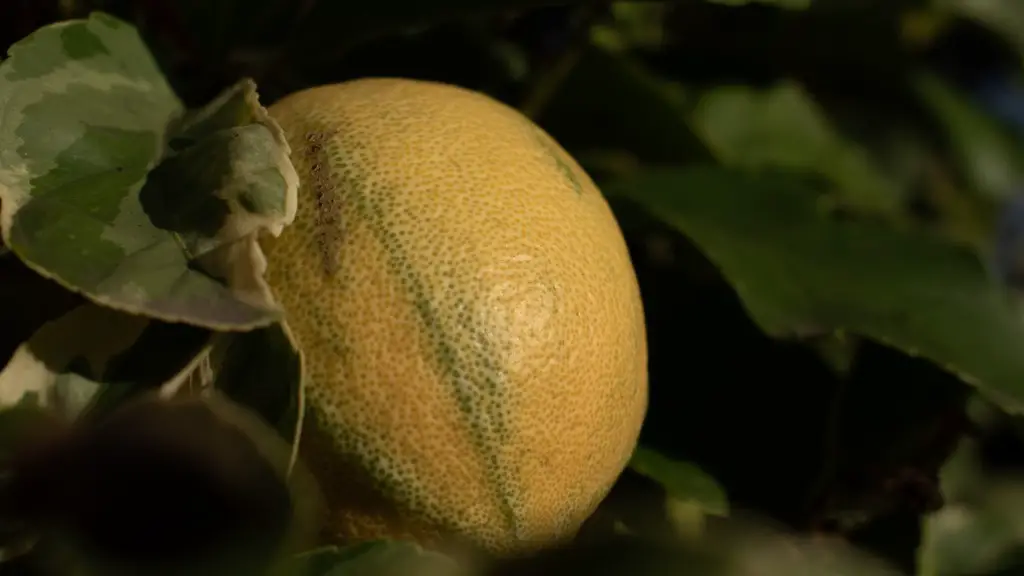Overview
Sago palm tree (Cycas revoluta) is one of the oldest living plants that has been a part of the human civilization since prehistoric times. Also known as a Japanese Sago Palm, they belong to the family of ‘Cycad’, which is a primitive group of plants found in tropical and subtropical parts of the world. This species of palm tree is a very popular ornamental and landscape plant. It grows in clumps, has a beautiful foliage and can grow up to 10 feet in height. These plants are very low-maintenance plants, and are easy to tend to.
Procure Sago Palm Tree
When it comes to buying a sago palm tree, the best option is to buy fresh seeds from a trusted nursery or online shops. The seed should be bright green in color and without any blemishes or discolorations. These seeds are very small and can be germinated in 6 to 10 weeks if planted properly. Before planting, these seeds need to be treated to make sure they won’t rot. Soak the seeds in warm water for 24 hours. This will stimulate germination.
Prepare the Soil
The soil where the seed will be planted should be a rich and slightly acidic soil. Sago palms prefer slightly acid soils with a pH between 5.5 and 7.0. The soil should have a high amount of organic matter and good drainage. Before planting the seeds, add some compost or peat moss to improve the quality of the soil.
Planting Sago Palm Tree
Once the soil is ready and the seeds are treated, it is time to plant them in the soil. Plant the seeds 1-2 inches below the surface and water them lightly. Place the pot or seed tray in a warm and bright spot away from direct sunlight to promote better germination.
Caring for Sago Palm Tree
Sago palms require low-maintenance care but there are some things to keep in mind. The soil should be kept moist but not too wet. Water once a week in the summer months, and once every few weeks in the winter months. Fertilize the soil every month or two with organic fertilizer to promote better growth.
Controlling Weeds and Pests
Weeds can cause a lot of damage to sago palm trees. To prevent this, remove weeds manually or use a weed killer on the affected area. Also, keep an eye out for pests like mealybugs and thrips. If they are found, apply insecticidal soap or horticultural oil.
Repotting Sago Palm Tree
When the sago palm tree is young, it will need to be repotted every year to allow for better growth. Repot using a pot that is slightly larger than the current one, and use potting soil that is rich in organic matter and has good drainage.
Troubleshooting
Browning of the leaves can indicate too much sunlight or not enough water. If this happens, move the plant to a spot that is shadier. If it is not getting enough water, increase the frequency of watering.
Pruning a Sago Palm Tree
Pruning is an important part of caring for a sago palm tree. Pruning should be done every few years to remove any dead or dying leaves. Pruning will encourage new growth, making the sago palm tree look more attractive.
Propagating a Sago Palm Tree
Propagation is the most common way of propagating sago palm trees. To do this, take a cutting from a mature sago palm tree and place it in a pot or tray filled with moist, well-draining soil. Keep the cutting in a warm and bright location and water regularly. The cutting should be fully rooted in a few weeks.
Harvesting the Sago Palm Tree
When the sago palm tree is mature enough, the seeds can be harvested. These seeds are edible and can be used in different recipes. The seeds should be harvested in the late spring when the cones are open and the seeds are orange or yellow in color.
Using a Sago Palm Tree
Sago palms can be used in many different ways. They can be used as an ornamental accent in landscape design, as a median in roads or pathways, as a container plant, or as a windbreak. These plants are also popular in Florida and Hawaii, where they are used in landscaping and as ornamental plants.



